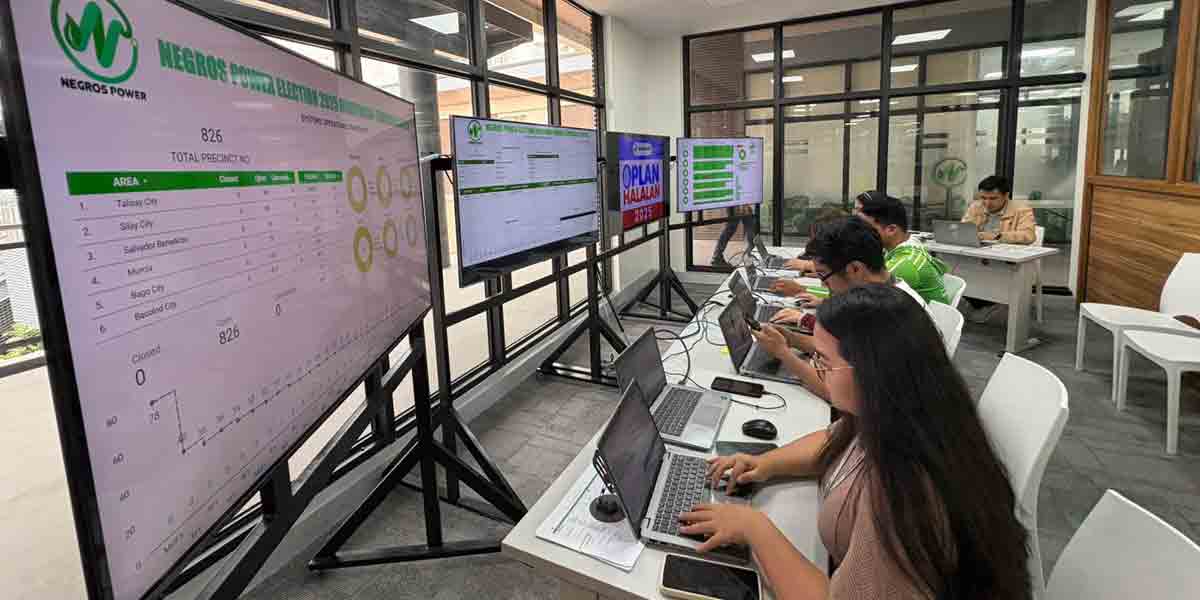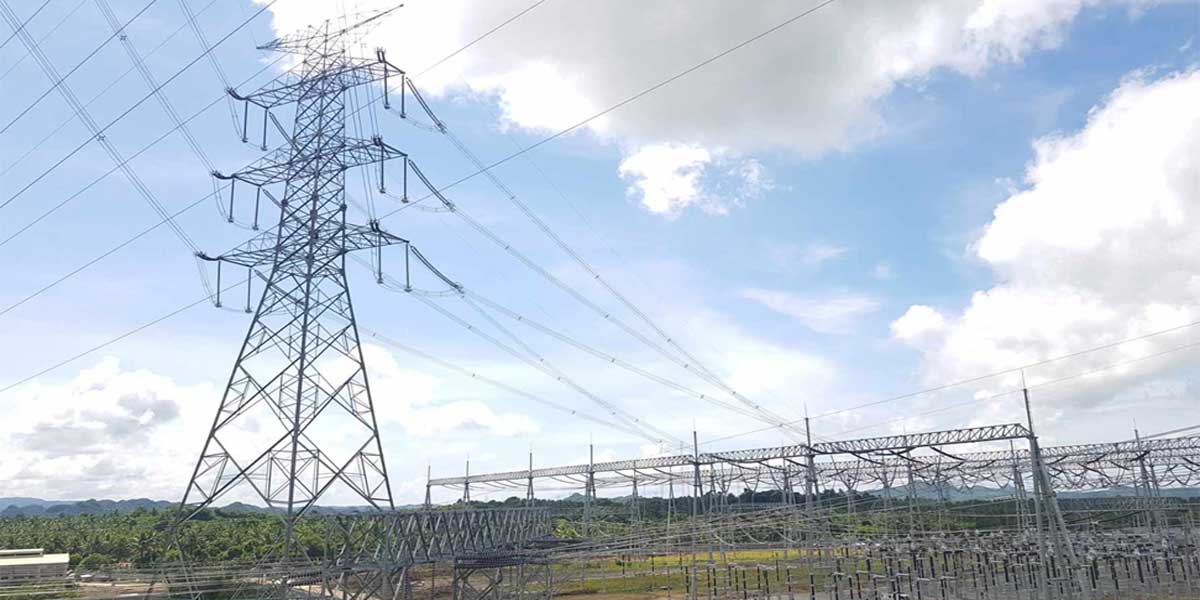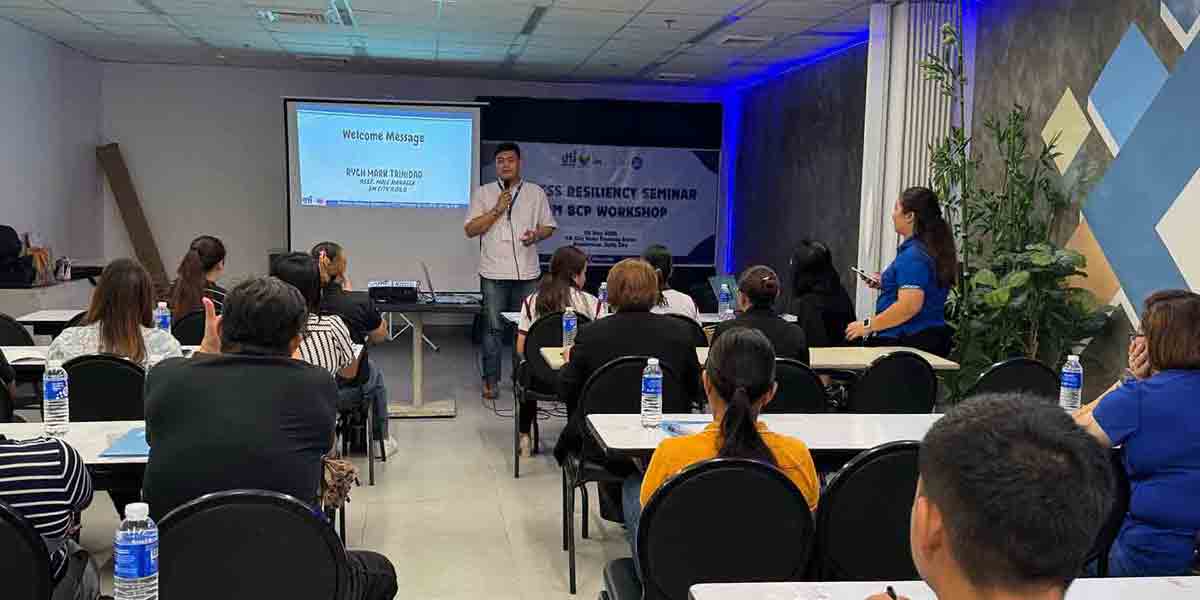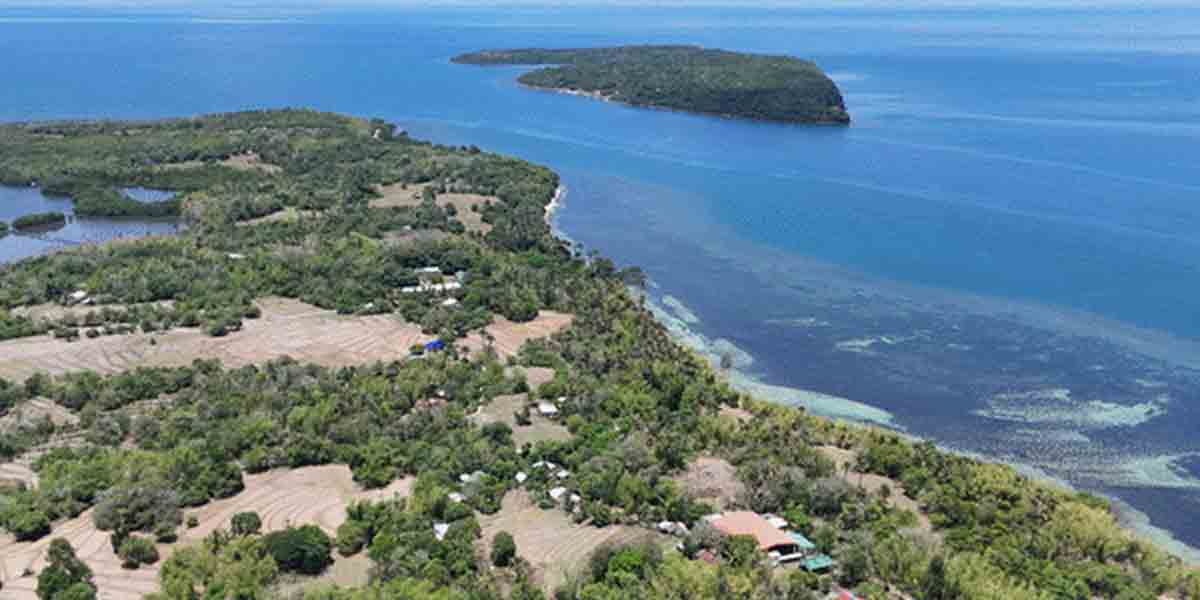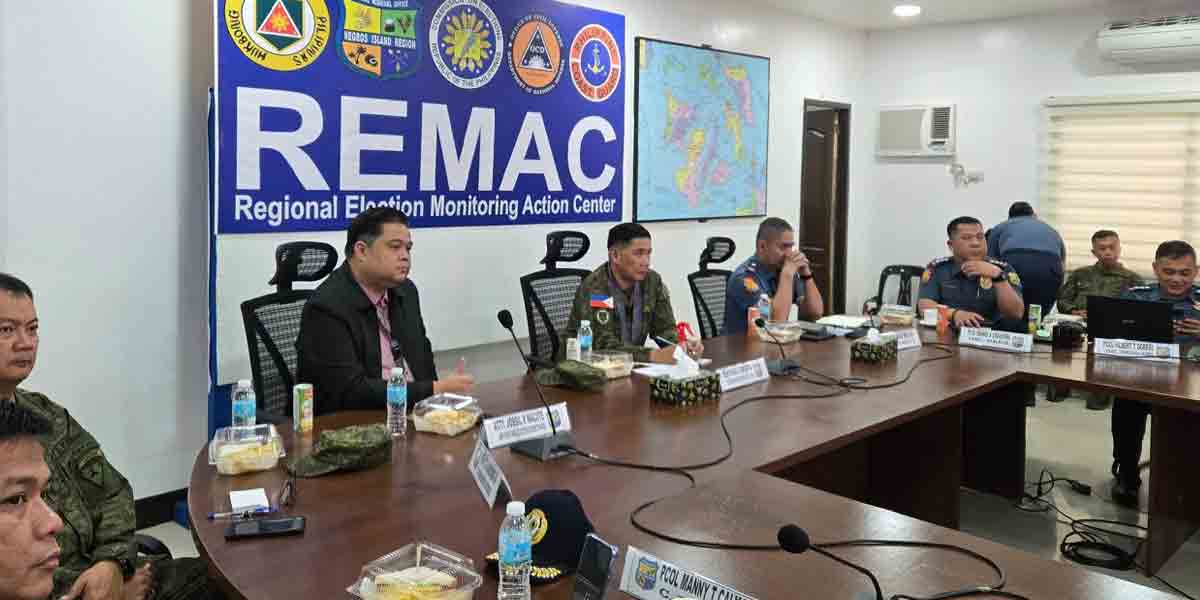The water crisis in Iloilo has been a long-standing issue that demands immediate and comprehensive solutions to ensure the city and surrounding municipalities have a stable and sufficient water supply.
Despite significant investments and projects like the Jalaur River Multipurpose Project and Metro Pacific Iloilo Water (MPIW), the water supply deficit remains a substantial challenge.
Current Water Supply Challenges
Based on a study by the Institute of Contemporary Economics, Iloilo City and its surrounding municipalities, managed by the Metro Iloilo Water District (MIWD) and Metro Pacific Iloilo Water (MPIW), face a significant water deficit. The estimated daily water demand stands at 250 million liters per day (MLD), while the supply from MPIW and South Balibago Resources, Inc. (SBRI) totals only about 65 MLD. This leaves a staggering shortfall of 185 MLD, affecting approximately 71% of households that lack direct water connections.
The promise of the Jalaur River Multipurpose Project Stage II, expected to provide 86 MLD of bulk water, falls short when distributed among the 20 water districts in the province, covering over 300,000 households.
Similarly, the MPIW’s planned 65 MLD desalination facility, although a step in the right direction, might not be enough to bridge the gap.
Impact on Residents and the Economy
The ongoing water scarcity severely impacts both the daily lives of residents and the economic potential of the region. Iloilo ranks eighth highest in water tariffs among 76 provinces in the Philippines, with residents paying P24.51 per cubic meter compared to the national average of P20.65. This financial burden is exacerbated by the unreliable water supply, leading to increased costs and inconveniences for households and businesses alike.
Moreover, water scarcity poses a serious threat to public health and well-being. Access to clean and safe water is fundamental to maintaining hygiene and preventing waterborne diseases. The lack of adequate water supply compromises the quality of life and heightens the risk of health crises, especially in densely populated urban areas.
Path Forward: Comprehensive Solutions
Addressing Iloilo’s water crisis requires a multi-faceted approach that combines immediate actions and long-term strategies. Here are some key measures that should be implemented:
- Enhance Infrastructure and Reduce Non-Revenue Water Loss: MPIW has made progress in reducing non-revenue water (NRW) loss from 50% to 40%, but more needs to be done. Accelerating investment in NRW-reduction measures can significantly increase the effective water supply. Government intervention may be necessary to mediate commercial agreements between MPIW and SBRI to ensure optimal use of available resources.
- Expand Water Sources: Relying solely on current projects like the Jalaur River and desalination plants is insufficient. Exploring alternative water sources such as rainwater harvesting, grey water systems, and brackish water treatment can diversify the water supply and reduce dependency on conventional sources.
- Promote Water Conservation: Implementing water-saving technologies and practices across households and industries can help mitigate demand. Public education campaigns and incentives for using efficient appliances and fixtures can play a crucial role in promoting conservation.
- Integrate Water Supply and Distribution: Combining water sourcing and distribution functions under a single entity can enhance efficiency, reduce costs, and streamline efforts to secure new water sources. This unified approach can better align the goals of providing consistent and affordable water services to consumers.
- Foster Public-Private Partnerships: Engaging the private sector through public-private partnerships (PPP) can attract the necessary investment and expertise to develop sustainable water solutions. This model has already shown promise in the initial joint venture between MIWD and Metro Pacific Water.
Some of the specific actions that can be taken are:
- Rainwater Harvesting: Collecting and storing rainwater for non-potable uses could reduce demand on potable water sources.
- Grey Water Systems: Treating wastewater from sinks and showers for irrigation and flushing toilets can conserve potable water.
- Brackish Water Treatment: Utilizing brackish water from estuaries and coastal areas as a fresh water source where desalination is impractical.
- Water Recycling: Treating wastewater for drinking, industrial use, or irrigation can reduce reliance on potable water sources.
- Fog Collection and Atmospheric Water Generation: These methods can provide fresh water in coastal and humid areas.
- Aquifer Recharge: Injecting treated wastewater into aquifers can replenish underground water tables.
- Water Conservation: Implementing efficient appliances and practices is crucial for reducing demand.
Iloilo’s water crisis is a complex issue that cannot be solved by isolated efforts. Future-proofing Iloilo’s water supply requires a collective and coordinated approach involving government, private sector, and the community.
Immediate action and long-term planning are crucial to ensure that Iloilo has a resilient and reliable water supply system that can support its growing population and economy. Fast-tracking NRW reduction, mediating between water providers for better resource allocation, and investing in sustainable technologies are crucial steps.
As we move forward, it is imperative to recognize that water is not just a commodity but a fundamental human right. Ensuring access to clean and safe water for all residents should be at the forefront of our efforts to build a sustainable and prosperous Iloilo.

